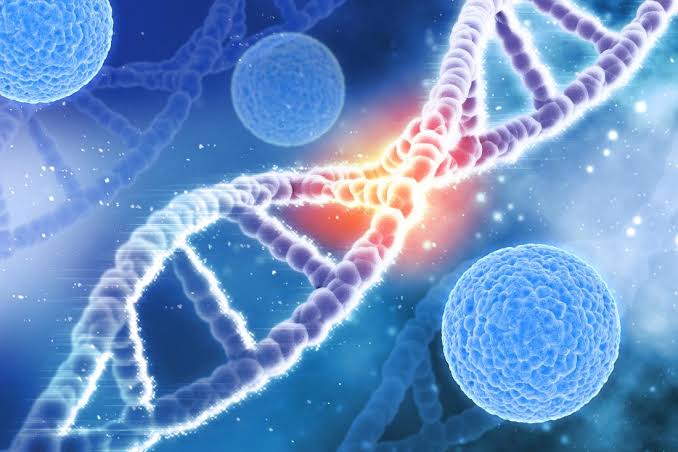Researchers make Alzheimer’s breakthrough

Researchers have discovered how a protein that drives the development of Alzheimer’s disease turns into a disease state, offering hopes of a treatment. In a study published on Thursday, the team from Flinders University in Adelaide, South Australia revealed how a protein called tau transforms to have toxic effects on brain cells.
Alzheimer’s disease is the most common form of dementia, contributing to up to 70 percent of cases, and has no cure or effective therapy.
In the course of developing Alzheimer’s, tau accumulates inside brain cells and progressively modifies into a disease state.
“Alongside a small peptide called amyloid-beta, the tau protein is a central factor in Alzheimer’s disease. Tau is necessary for the toxic effects on brain cells that then result in impaired memory function,” Arne Ittner, a senior research fellow in Neuroscience in the Flinders Health and Medical Research Institute and senior author of Thursday’s study, said in a media release.
By conducting a large experiment that included up to 20 changes in Tau, Ittner’s team discovered “master sites” in tau that govern modifications at most other sites.
“By modifying these master sites, we were able to drive modification at multiple other spots within tau, leading to a similar state seen in the brains of Alzheimer’s patients,” Ittner said.
They found that mice that had a version of tau lacking one of the master sites were less likely to develop Alzheimer’s disease than those with the usual version of the protein.
Researchers will next shift their focus to translating their findings into treatments for Alzheimer’s disease.
“We have shown that this new concept has therapeutic potential, but future work is needed to understand the role of these master sites in health and disease,” said Kristie Stefanoska, research fellow in Dementia at Flinders University.




